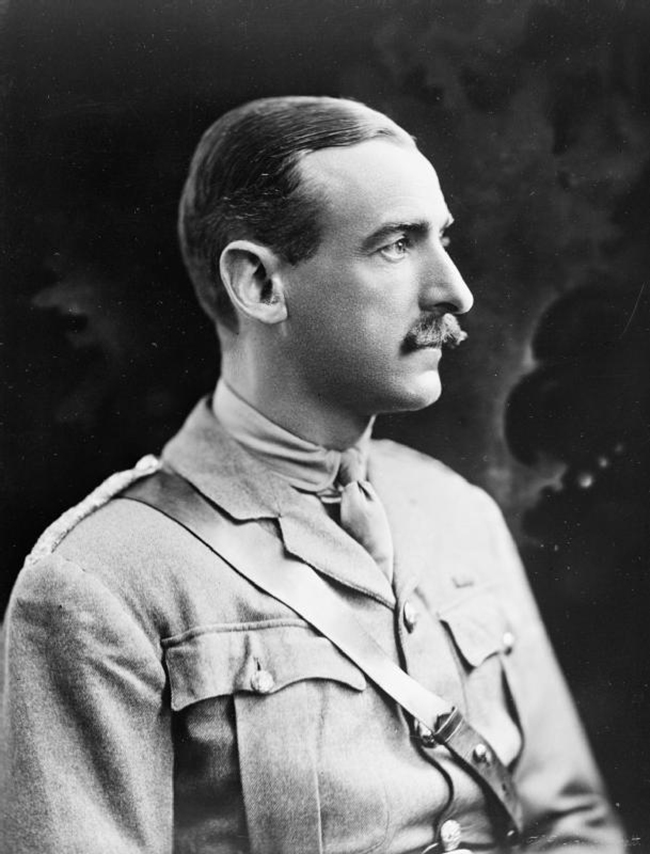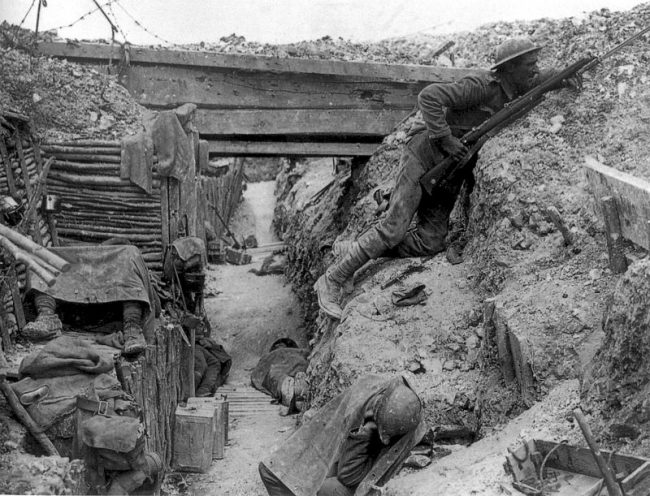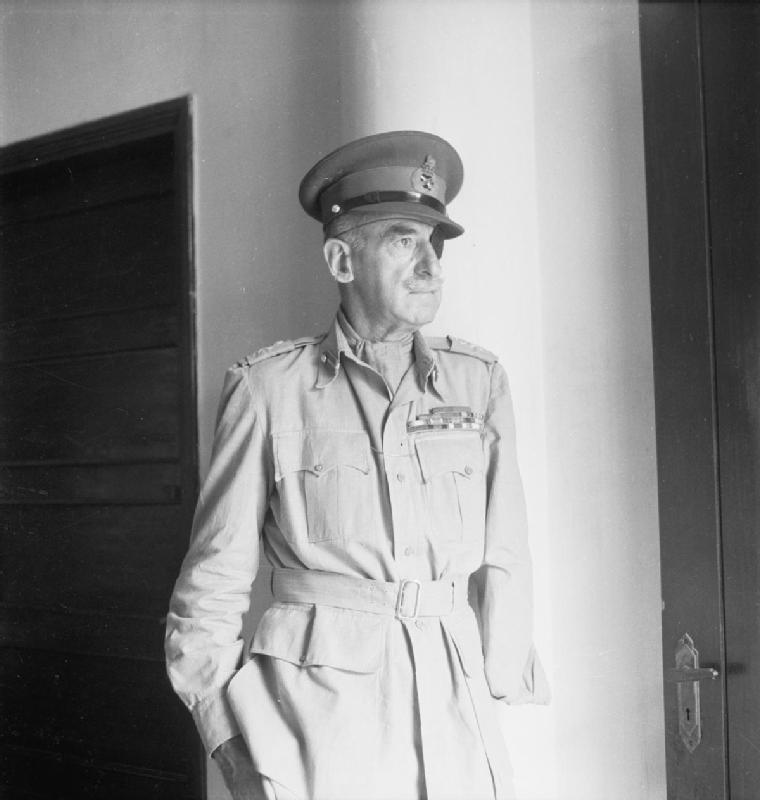
Every now and again, God throws on this planet a human being who is so crazy and whose exploits are so outlandish that it’s hard to believe he could have ever really walked on this earth. Adrian Carton de Wiart, who was shot numerous times and was minus an eye and an arm by the end of his life, was one such person.
Born on 5 May 1880 in Brussels, Carton de Wiart may have been a bastard son of the King of Belgium, Leopold II. After joining the British Army around 1899 under a fake name and using a fake age, he fought in the Boer War in South Africa until he was seriously wounded in the chest.
Although Carton de Wiart was sent home to recover, he eventually returned to South Africa in 1901 where he served with the Second Imperial Light Horse and 4th Dragoon Guards.
World War One

Carton de Wiart, pictured here in the First World War as a lieutenant colonel.
Carton next fought in World War One. First, he lost his left eye after being shot in the face during an attack on a Shimber Berris fort in Somaliland in 1914.
Then, because he was apparently a glutton for punishment, Carton de Wiart headed to the Western Front in 1915, where he would suffer gunshot wounds to his skull, an ankle, his hip, a leg and an ear. For years afterwards, his body would expel bits of shrapnel.
Carton de Wiart would also lose a hand, but not before tearing some damaged fingers off by himself when a doctor refused to amputate them. Even after suffering all of these horrendous wounds, Carton de Wiart commented in Happy Odyssey, his autobiography, “Frankly, I had enjoyed the war.”
 Watch Now
Watch NowThe 36-year-old lieutenant-colonel was awarded a Victoria Cross, the highest British military decoration, for his actions during fighting that occurred at La Boiselle in France on 2 and 3 July 1916.
The citation for his award read as follows:
He displayed conspicuous bravery, coolness and determination in forcing home the attack, thereby averting a serious reverse. After the other Battalion Commanders had become casualties, he controlled their commands, as well, frequently exposing himself to the intense barrage of enemy fire.
His energy and courage was an inspiration to us all.

A German trench occupied by the 9th Cheshires, La Boisselle, July 1916.
World War Two
Between World War One and World War Two, Carton de Wiart – who was by now quite the sight, sporting a black eye-patch and an empty sleeve – would serve on the British Military Mission in Poland. In 1939, he would escape this country just as both the Germany and the Soviet Union attacked Poland.
Even with one eye and one hand, there was no way that Carton de Wiart was going to miss seeing action in World War Two. Although he fought bravely, he was told at one point that he was too old to command anymore.
However, that decision was reversed rather quickly, and he was made the head of the British Military Mission to Yugoslavia in April 1941.

Adrian Carton de Wiart during World War Two.
Unfortunately, en route to his new command, Carton de Wiart’s plane crashed into the sea. Although the 61-year-old Carton de Wiart was able to swim to shore, he and the others with him were captured by the Italians.
While a prisoner of war, Carton de Wiart and 4 other inmates made 5 escape attempts. The group even spent 7 months trying to tunnel their way to freedom.
During one escape attempt, Carton de Wiart was able to elude capture for about 8 days even though he didn’t speak Italian. He was finally released in August of 1943.
British representative to China
 Watch Now
Watch NowFrom October 1943 to his retirement in 1946, Carton de Wiart was the British representative to China – appointed by Prime Minister Winston Churchill.
During his lifetime, Carton de Wiart was married twice and he also had two daughters with his first wife.
Some people believe that Carton de Wiart was the inspiration for the character of Brigadier Ben Ritchie Hook in the Sword of Honour novel trilogy. Over the years, these books would become the basis for a radio show and two television shows.
Carton de Wiart died on 5 June 1963 in Ireland, aged 83.














